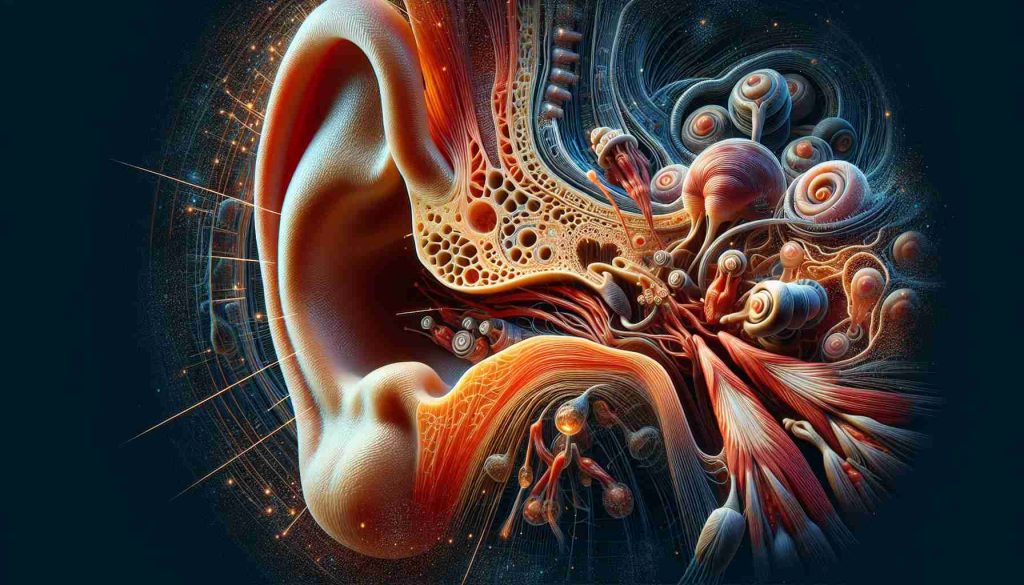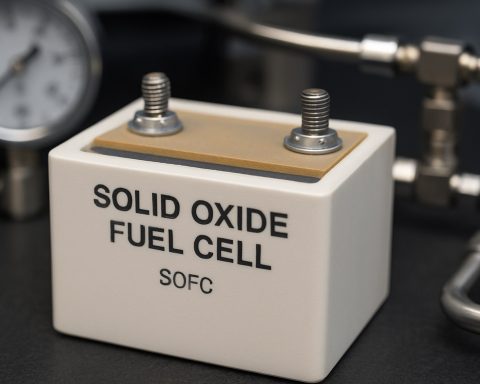Anatomy and Physiology
Anatomy and Physiology is a branch of biology that focuses on the structure (anatomy) and function (physiology) of living organisms. Anatomy involves the study of the physical structure and organization of various body parts, which can include organs, tissues, cells, and systems in both a macroscopic (visible to the naked eye) and microscopic (cellular) context. It examines how these structures are shaped and interconnected.Physiology, on the other hand, investigates the biological functions and processes that occur within these structures. It explores how organs and systems work independently and together to maintain life, assess homeostasis, and respond to environmental changes.Together, anatomy and physiology provide a comprehensive understanding of how organisms are built and how their various parts operate, which is essential for fields such as medicine, health sciences, and biology. The relationship between structure and function is a key theme, as the form of an anatomical structure often dictates its function, and deviations in function can lead to understanding diseases and medical conditions.









